The Household Cavalry regiment, the soldiers who stand guard on horseback in Whitehall are made up of two main groups: the Life Guards and the Blues and Royals. Today they make up just one regiment but each has its own identity, traditions, colonels and uniform. The Blues and Royals and the Life Guard can be seen in Whitehall between 11am and 4pm every day and many visitors to London like to have their photograph taken next to the mounted soldiers. Be careful, however. As the signs nearby say, horses can both bite and kick.
Occasionally other regiments are also called upon to stand guard at Horse Guards Parade. The King’s Troop, who are responsible for firing the guns at royal salutes, sometimes take over ceremonial duties and other regiments, such as the Royal Canadian Artillery Regiment have participated in the Changing of the Guard, which takes place daily at 11 am (10 am on Sundays) at Horse Guard’s Parade. Whereas the foot guards standing on duty outside Buckingham Palace and at Windsor Castle each have two hours on duty, the horse guards stand for just one hour. This is because the horses do not like to stand still for long periods.
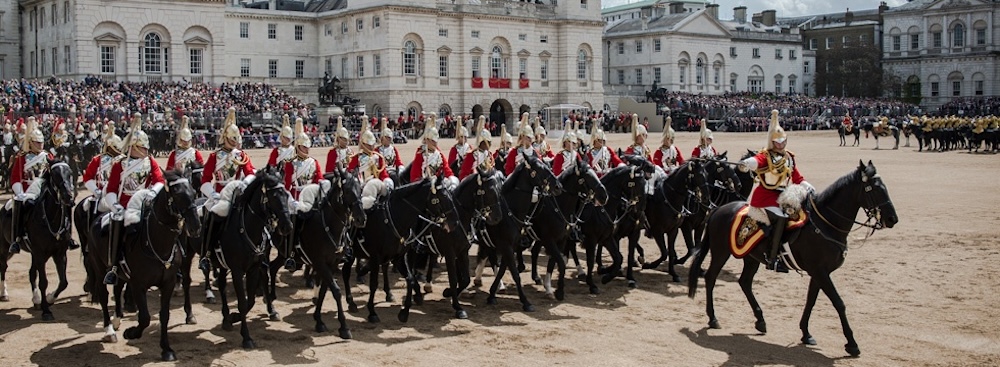 Horse Guards in Whitehall. Photo Credit: © Edwin Lerner.
Horse Guards in Whitehall. Photo Credit: © Edwin Lerner.
The Blues and Royals are the only soldiers in the British army allowed to salute without wearing a headdress. Military etiquette normally requires soldiers to wear headgear when saluting but those in the Blues and Royals are permitted to do so without one, a right granted to them and no-one else after the Battle of Warburg, part of the Seven Years’ War of 1756 – 1763, a global conflict involving most of the great powers of the time. At the battle British troops defeated a larger number of French soldiers trying to cross the River Diemer.
John Manners, Marquess of Granby, was a colonel of the Royal Horse Guards. Granby, known for leading from the front, lost both his hat and wig during a cavalry charge but pressed on regardless. He then saluted his commander bareheaded in a gesture seen as both courageous and respectful, and which became part of regimental lore. Granby had a reputation for looking after his troops, even after they left the regiment, and many pubs – including a Grade II listed one in Covent Garden near Trafalgar Square – are named after him.
The regiment, which numbers Prince Harry amongst its former members, is comprised of serving soldiers in the British Army. They conduct reconnaissance work and engage in active duties but they also perform ceremonial duties such as the Changing of the Guard, Trooping the Colour and the State Opening of Parliament. Reportedly, the soldiers are proud of their job of guarding the monarch and it is considered a great honour to wear the full dress uniform, with tassels and highly polished cuirasses, which was worn at these ceremonies. The swords the soldiers bear are no longer used in battle but are still extremely sharp.
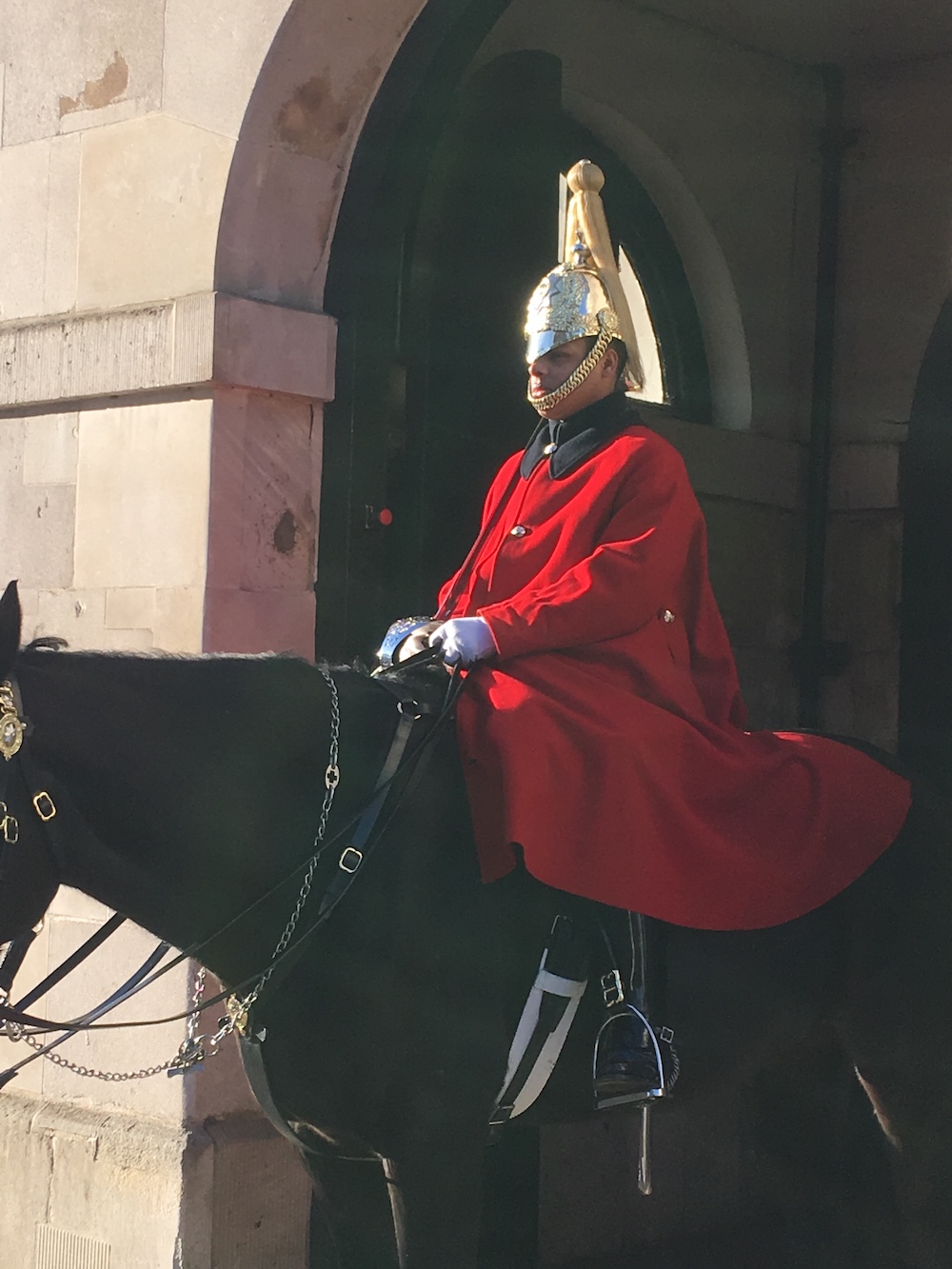 Horse Guards in Whitehall. Photo Credit: © Edwin Lerner.
Horse Guards in Whitehall. Photo Credit: © Edwin Lerner.
The other main regiment that stands guard in Whitehall is the Life Guards. They were first raised by King Charles II around the time of the restoration of the monarchy in 1660. The Life Guards, who wear a colourful scarlet uniform, as opposed to the blue tunics worn by the Blues and Royals, served in the Anglo-Dutch war of 1672, helped to suppress the Pitchfork Rebellion of the Duke of Monmouth ten years later and served in the wars against Napoleon in the late 1700s and early 1800s, including at the Battle of Waterloo in 1815.
Horses were last used in battle by the mounted regiments in the First World War between 1914 and 1918. At the end of this conflict, the horses were retired from active service and the regiment adopted armoured cars in the Second World War and subsequent conflicts.
The Trooping of the Colour is a colourful ceremony that takes place in June every year. Although King Charles’s birthday is in November and that of the late queen was in April, June is the month chosen as the weather is supposed to be better in that month. The Trooping of the Colour was first performed during the reign of King Charles the Second and has been an annual event since 1760. (In 2025, it will take place on Saturday 14th June with rehearsals, known as the Major General’s Review and the Colonel’s Review on the two previous Saturdays.) 1400 soldiers, 200 horses and 400 musicians will take part in it. Tickets are in high demand and a raffle is held every year to determine who is fortunate enough to be granted one.
Editor’s Note: Special thanks to fellow Blue Badge Tourist Guide Augusta Harris for the information used in this post.



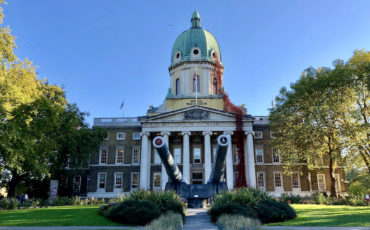
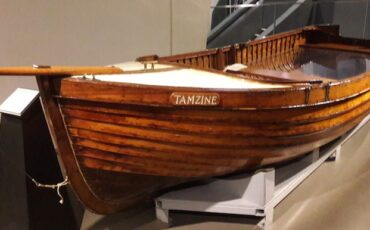

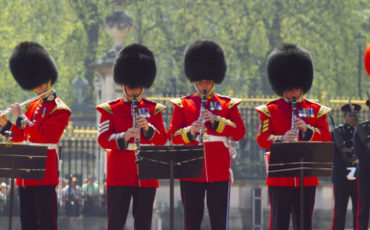
Leave a Reply